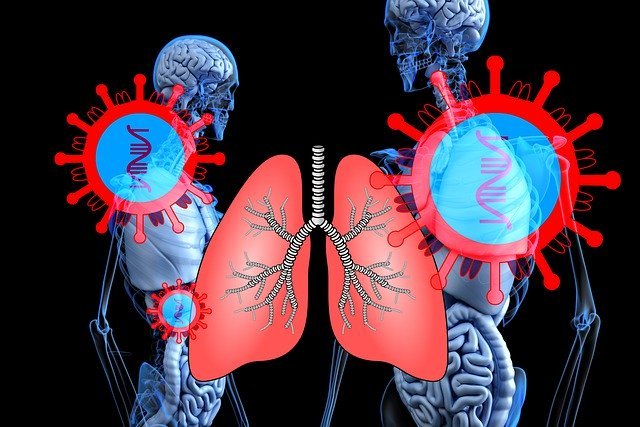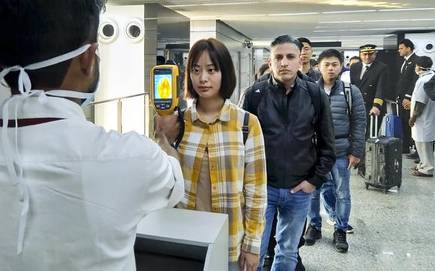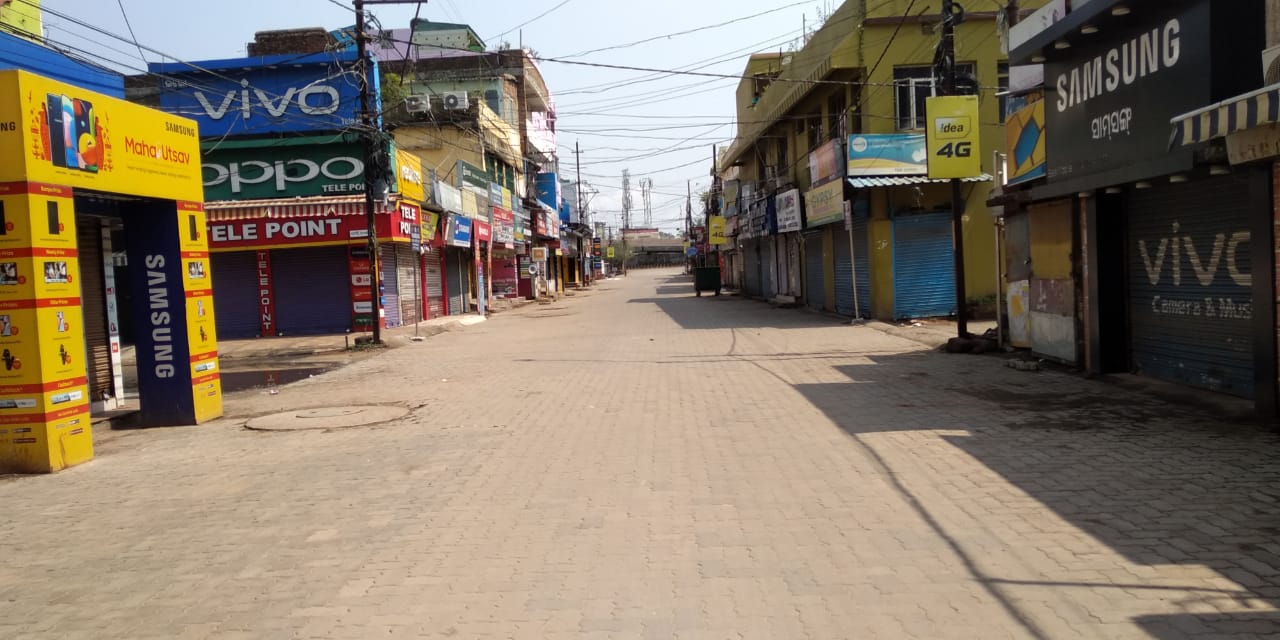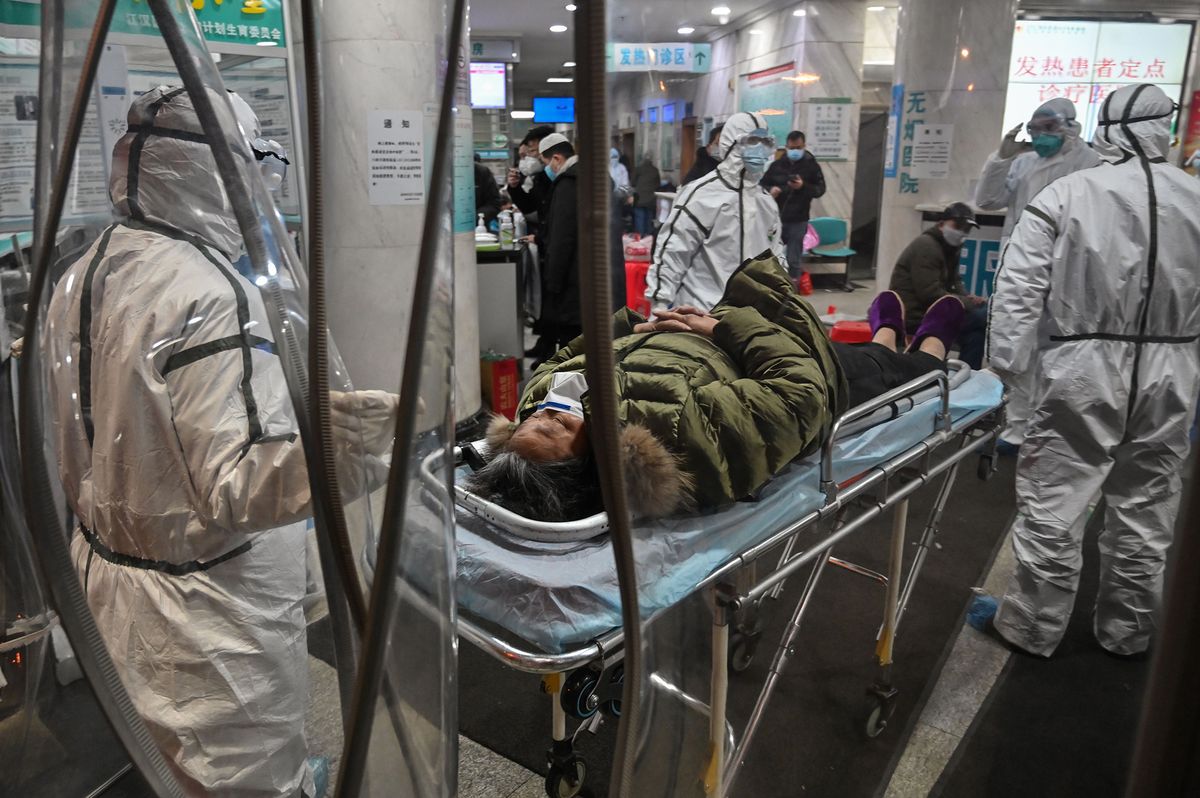Corona Crisis: Tracking The Four Stages Of The Deadly Virus, How It Spreads

Bhubaneswar: The number of corona positive cases in India rose to 415 on Monday, with the country poised on the brink of the third stage of the fatal disease — community transmission.
Alarmed over the prospect, the Centre and state governments have implemented a series of strict measures, including lockdowns, to check the infection from spreading at the community level.
On Sunday, the country had reported three deaths on a single day, taking the toll to seven. It was the same day that the whole country observed a 14-hour ‘Janata Curfew’ by staying indoors following a directive by the Prime Minister.
This is a critical period for India as it grapples with the rising number of cases, making it more urgent for the general public to cooperate with the administration to jointly check the virus from spreading further.
Here are the four stages of the pandemic as explained by the World Health Organisation (WHO):
We explain the four stages of the pandemic and how it is increasing difficult for the whole country as we are going through a crucial phase in the transmission of the disease.

Stage 1: Imported Cases
In the initial stage, the patients are “imported”, which means only those who have travelled abroad and contracted this virus from affected countries. There is no local transmission as yet.
Checks Taken
The initial phase was designed to rapidly identify the infected persons, and quarantine them so there would be no further spread of the virus. Screenings were set up at airports and those returning from abroad were asked to register and self-quarantine. The idea was to stop it spreading in the community.

Stage 2: Local Transmission
If the relatives or acquaintances of the persons with a travel history test positive for Covid-19, it then triggers local transmission within the community. This mostly happens due to ignorance of the travellers, who seem perfect in health but are carriers if this deadly virus, e.g. the Kanika Kapoor case.
Concern Grows
As the number of cases rose, the government became gravely concerned. This is where the government took steps to delay the process by declaring lockdowns and shutting down all non-essential shops and establishments. People were advised home isolation to avoid coming in contact with a large number of people.

Stage 3: Community Transmission
India is on the cusp of reaching community transmission. At this stage, the number of infected persons increase and it is found that people test positive even if they or their relative have not travelled to any affected country. At this stage, the virus spreads rapidly.
What’s Needed
Now the main concern is to push hard to get less people infected. Because, if the virus goes unchecked, thousands of people could become seriously ill at the same time and would overwhelm the country’s healthcare system. There may be acute shortage of medical facilities, hospital beds and medicines for those who may need them. So the citizens have to act responsibly and maintain social distancing to stop the virus from spreading.

Stage 4: Epidemic
At this stage, things will go out of control and the spread of the disease cannot be stopped or slowed down. This is the worst stage of the infection where it takes on the form of an epidemic. Massive numbers are infected and it is very difficult to control and contain the spread. This is what China dealt with. But, India is not well equipped to deal with it.
Dark Days
Emphasis will be given to saving as many lives as possible, and maintain social order. The whole government machinery will be at work, doctors will be forced to ration their care to those who will benefit the most. Crimes will increase and there might be situation to call the army on streets.

Comments are closed.